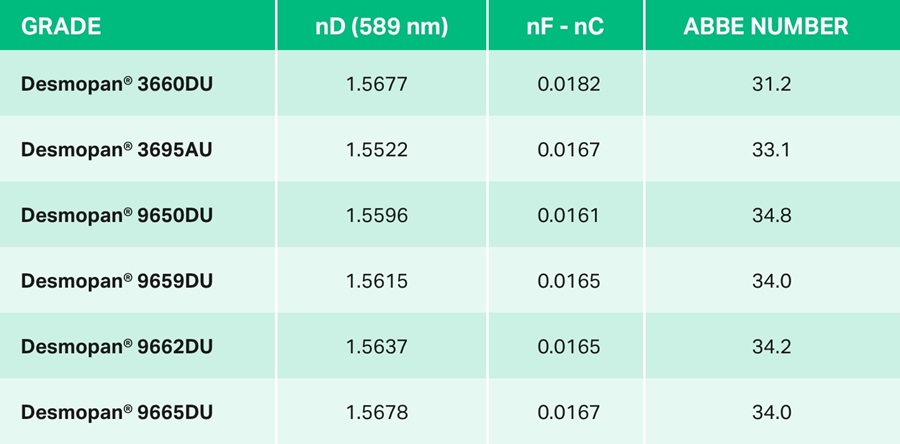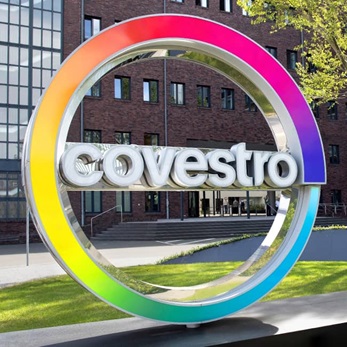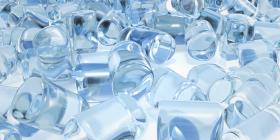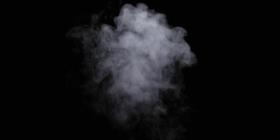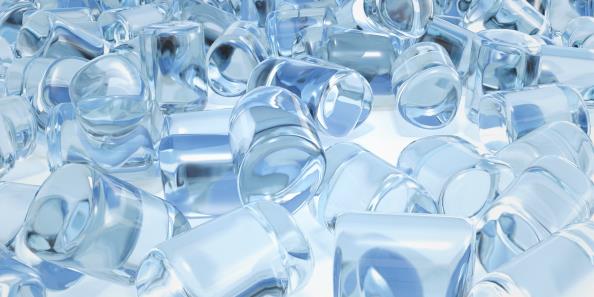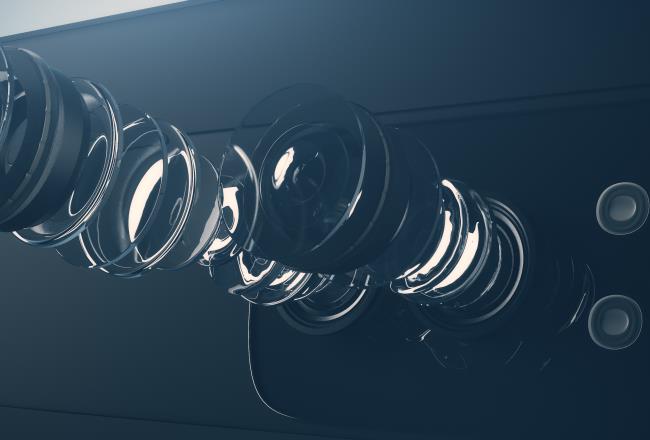
Technology
Optical properties
Our thermoplastic polyurethanes have different optical properties that vary according to their chemical building blocks.
Featured Brands
The optical properties of thermoplastic polyurethanes (TPUs) include transparency, yellowness and refraction, gloss, color, haze and transmission, reflection and grayscale. Key measurement values as well as tests for these properties are outlined below. Optical testing is available to our customers in the Thermoplastics Testing Center (TTC).
Transparency
Thermoplastic polyurethanes are generally moderately to strongly opaque, or even milky or cloudy. A number of Desmopan® grades are still slightly transparent up to a wall thickness of approximately 2 mm. This property is not a constant, however, and can vary a great deal depending on the processing conditions. Polyether TPUs tend to be more transparent than polyester TPUs. To overcome this drawback, special aromatic series of Desmopan® grades have been developed with a constant, guaranteed transparency of > 90% up to a wall thickness of 6 mm. These UV-stabilized series contain various grades with the designation Desmopan® 36xx (polyester) or Desmopan® 96xx (polyether) in line with the Desmopan® nomenclature. We also supply aliphatic TPUs with a particularly high transparency from our US Texin range. These grades, based on Desmodur® W, still offer outstanding transparency for a wall thickness of 10 mm, as well as all the advantages of an aliphatic TPU.
Yellowing
Aromatic thermoplastic polyurethanes experience yellowing under the influence of UV light, triggering the formation of compounds with conjugated double bonds in the rigid segment which are similar to coloring agents in terms of their chemical structure.
The Yellowness Index (YI) is measured in order to quantify the extent of yellowing. Ultimately, the addition of UV stabilizers to aromatic TPUs will only delay, and not prevent, the yellowing effect. Yellowing is a drawback for parts subject to stringent optical requirements. Aliphatic thermoplastic polyurethanes were therefore developed which do not display this effect. The following diagram shows the difference between aliphatic and aromatic TPU both with and without UV stabilizers.
The Yellowness Index (YI) is measured in order to quantify the extent of yellowing. Ultimately, the addition of UV stabilizers to aromatic TPUs will only delay, and not prevent, the yellowing effect. Yellowing is a drawback for parts subject to stringent optical requirements. Aliphatic thermoplastic polyurethanes were therefore developed which do not display this effect. The following diagram shows the difference between aliphatic and aromatic TPU both with and without UV stabilizers.
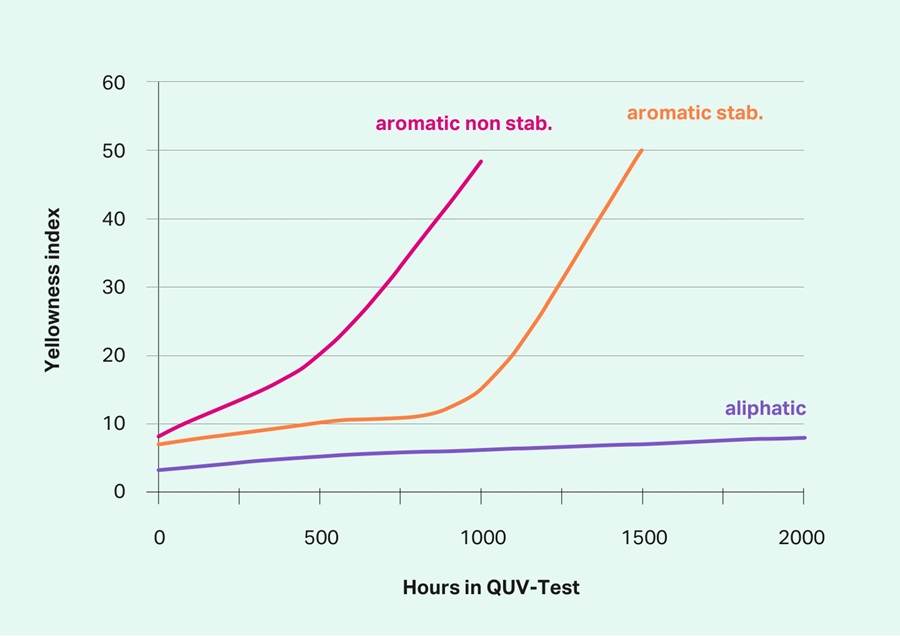
Refractive index
The refractive index is a measure of the refraction, i.e. the change in direction of a beam of light at the transition from one medium to another. It is formed from the phase velocity of the light in a vacuum expressed in terms of the phase velocity of the light in the medium concerned. The refractive index is of practical importance in the case of Desmopan® in so far as, when compounded in blends, TPU will only produce a transparent compound if the refractive indexes of the different compounds are fairly similar. The refractive indexes of aromatic Desmopan® grades range from 1.52 to 1.57, depending on their formulation. The use of aliphatic isocyanates lowers the refractive index of TPU. Thus, aliphatic Desmopan® grades based on HDI exhibit refractive indexes between 1.49 and 1.50, while the refractive index of aliphatic Texin® grades based on Desmodur® W is around 1.51.
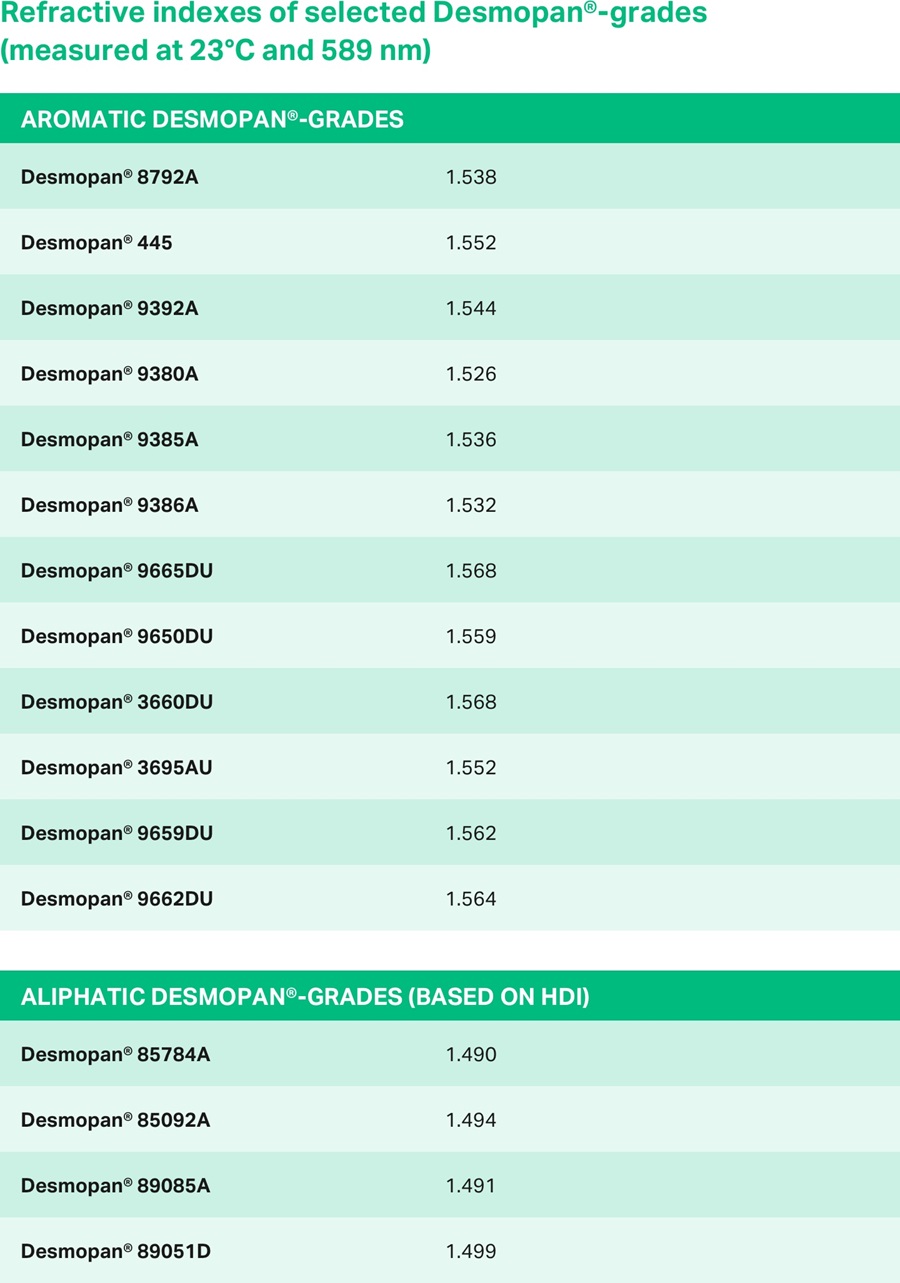
Optical testing methods
A number of different tests are available to test the optical properties of materials. Tests can be conducted to measure properties such as gloss, color, haze and transmission, reflection, gray scales and to analyze images. Specialists at our Thermoplastics Testing Center (TTC) perform these tests according to the standards listed below.
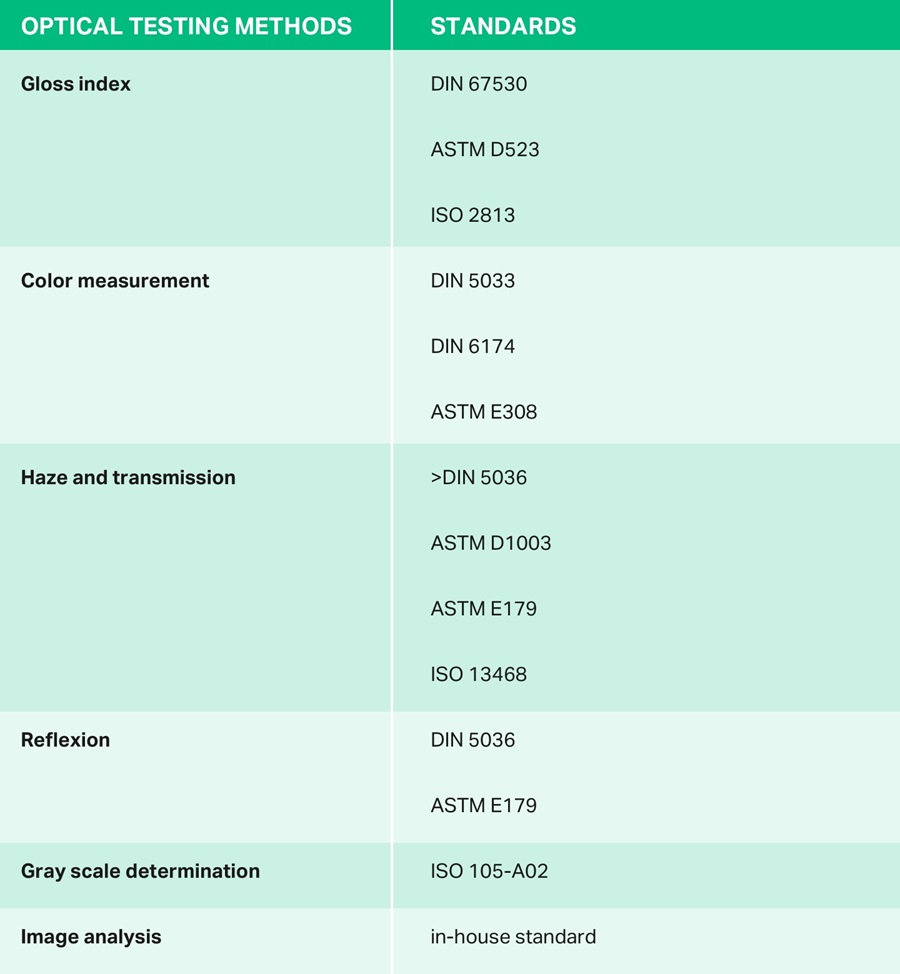
Dispersion and Abbe number
The Abbe number is a dimensionless measure used in optics to describe the dispersion of a transparent medium. Where V is the Abbe number, it is defined by the formula:
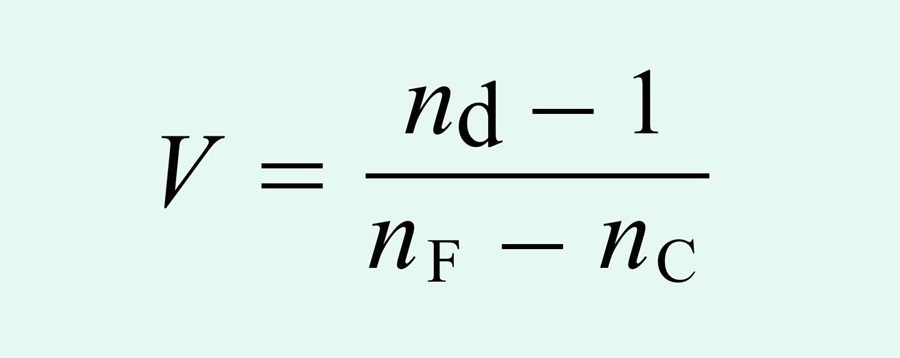
The
lower the Abbe number, the greater the dispersion and vice versa: a
low-dispersion material will have a high Abbe number. The reciprocal
Abbe number value is often referred to as the relative dispersion.
Optical dispersion means that the refraction of the light is a function of the wavelength (and thus of the color). This dispersion is the reason that a ray of white light striking the edge of a prism is separated into a color spectrum. However, dispersion occurs any time light is defracted. Dispersion also occurs whenever a ray comprising multiple wavelengths of light is supposed to be depicted at a single point. Depiction at a single point is a crucial prerequisite for the projection of sharp images by an optical system, such as a lens. In lens systems, dispersion causes varying degrees of color fringing around images of bright objects. This imaging error is known as chromatic aberration.
To completely describe the dispersion of a material (e.g. of a type of glass), one must indicate how the defraction index n of the material changes with the wavelength λ of the light. The complete function n(λ) must therefore be indicated. For simple calculations, it is often sufficient to describe the dispersion in the visible light range with just the Abbe number.
When defined for wavelengths in the visible light range, the Abbe number is unsuitable for the infrared and ultraviolet ranges.
Optical dispersion means that the refraction of the light is a function of the wavelength (and thus of the color). This dispersion is the reason that a ray of white light striking the edge of a prism is separated into a color spectrum. However, dispersion occurs any time light is defracted. Dispersion also occurs whenever a ray comprising multiple wavelengths of light is supposed to be depicted at a single point. Depiction at a single point is a crucial prerequisite for the projection of sharp images by an optical system, such as a lens. In lens systems, dispersion causes varying degrees of color fringing around images of bright objects. This imaging error is known as chromatic aberration.
To completely describe the dispersion of a material (e.g. of a type of glass), one must indicate how the defraction index n of the material changes with the wavelength λ of the light. The complete function n(λ) must therefore be indicated. For simple calculations, it is often sufficient to describe the dispersion in the visible light range with just the Abbe number.
When defined for wavelengths in the visible light range, the Abbe number is unsuitable for the infrared and ultraviolet ranges.
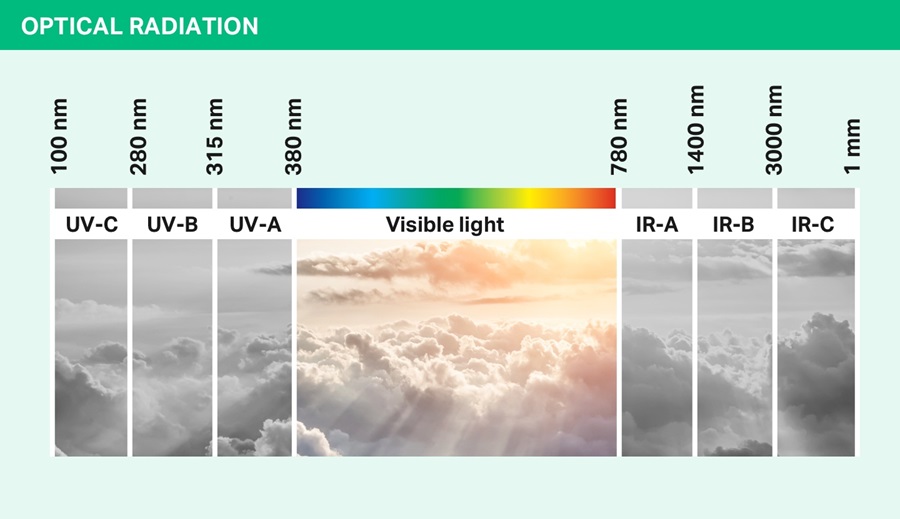
Refractive index and Abbe number
The following table shows the refractive index measured at 589.3 nm and the associated Abbe number of several Desmopan® grades that are potentially suitable for optical applications.
